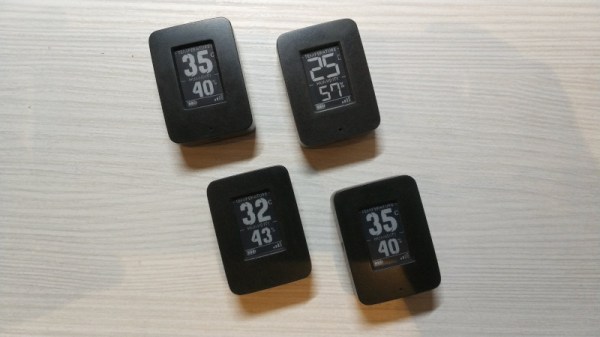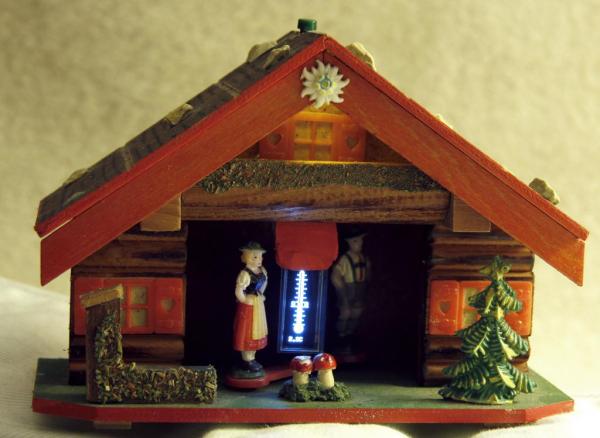Historically, display technologies have always been power thirsty things. In the past, CRTs and incandescent bulbs sucked down electrons like they were free beer. Eventually, LEDs and LCDs came along and lowered this significantly, but the king of low power display technologies remains ePaper and eInk displays. Only requiring power when refreshing the display, they can be left off indefinitely, drawing little to no current. This is great for low-power builds such as [Andrew Lamchenko’s] miniature hygrometer. (Video, embedded below.)
The build runs on an nRF52811 microcontroller, hooked up to a 1.02″ ePaper display sourced for just $7. A SHT20 temperature and humidity sensor is then queried to sample the ambient conditions, and the results displayed on the screen. The benefit of this is that the device can be powered from a coin cell, and set to update at infrequent intervals – say, once per hour. It can then be checked by the user without having to turn on.
The low-power design means it would be the perfect device for leaving in a guitar case or humidor for months at a time. As a bonus, it’s also capable of Smart Home integration thanks to the Bluetooth capabilities onboard. It would likely be trivial to upgrade this into a tweeting humidor, the likes of which we haven’t seen since 2009!















